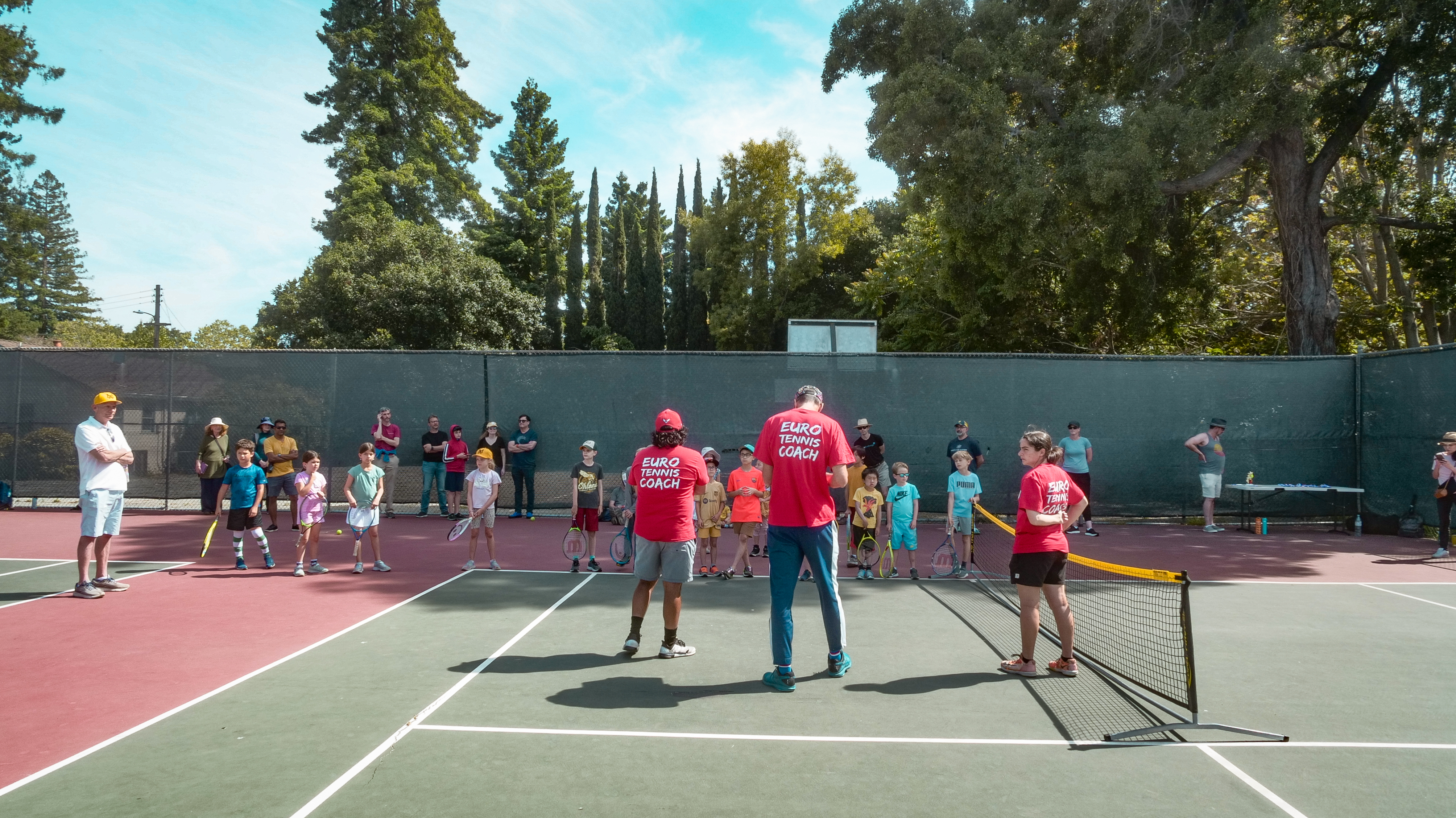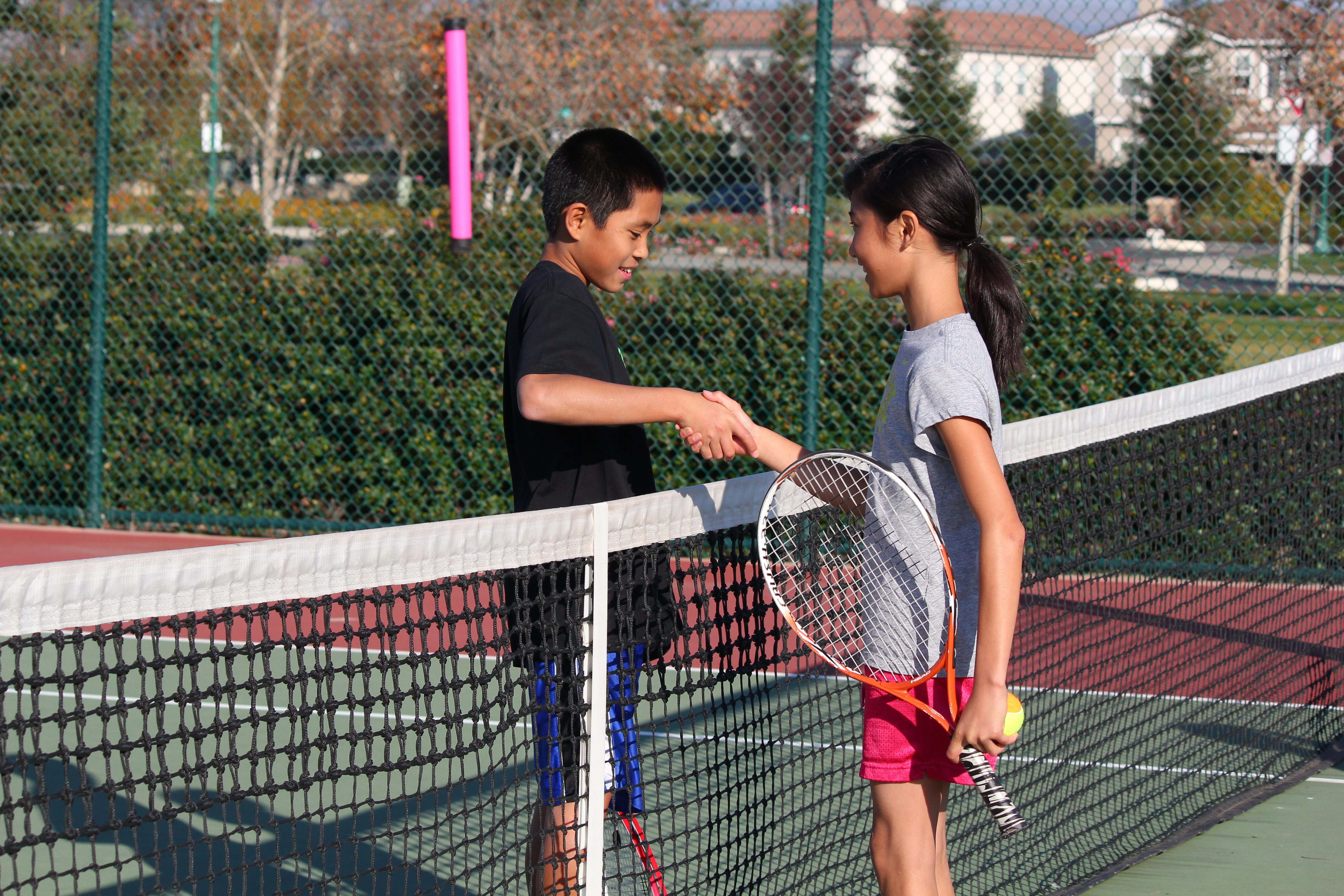Common Tennis Injuries and How to Prevent Them
Posted in: Blog | Published on: November 30, 2018 | Written By: admin
Tennis – it’s one of the highest impact, fastest-paced sports in the world. That’s great while you’re playing. It may not be so great for your body, though, as tennis players sustain many injuries, particularly on the hard-surface courts that are so common among weekend athletes. How can you ensure your Saturday morning tennis match doesn’t become a Sunday night ER visit? Understanding the most common injuries and how to prevent each of them is a step in the right direction.
Tennis Elbow
This condition is perhaps the least serious of the common tennis injuries. It occurs when the tendons that join your forearm to your elbow swell. It usually hits athletes who play racquet sports because you have to continually use that area of your body throughout a match. If you have tennis elbow, you might notice pain or burning on the outside of your elbow. You may also notice a problem gripping the racquet. In fact, any time you have to use your forearm can be a real problem.
The best way to prevent this injury is to improve your backhand. A two-handed backhand is a great way to relieve the stress on those muscles. Additionally, you’ll want to make certain your racquet is the right size for your grip. Check with a pro shop to get the right racquet.
Rotator Cuff Issues
While you could simply inflame the muscles and tendons that surround your shoulder joint, called your rotator cuff, you could also tear one, which can mean you have real pain when you try to move your arm over your head. Even the inflammation, though, could limit shoulder motion and function.
The best way to prevent problems with your rotator cuff is to change your serve technique. Increase the space between your arm and your side when you serve. That will help to decrease any strain you’re feeling and ensure you don’t tear any of the tendons in that area.
Jumper’s Knee
Also known as patellar tendonitis, this hits players who tend to do quite a bit of jumping during a match. You may feel pain in your knee. It may swell as well, and you might feel the injury when you’re jumping or walking up and down stairs.
To prevent the injury, work on strengthening your quads. That will help take pressure off your knee as you play. The right type of shoes can be helpful, too, as they can offer you a bit more support when you come down from every jump. Finally, if you have a continual case, it may be best to play with a knee brace to help prevent further inflammation.
There are always measures you can take to prevent injuries on the court, and with just a little prevention, you could be playing pain free in absolutely no time.
 R
R 



